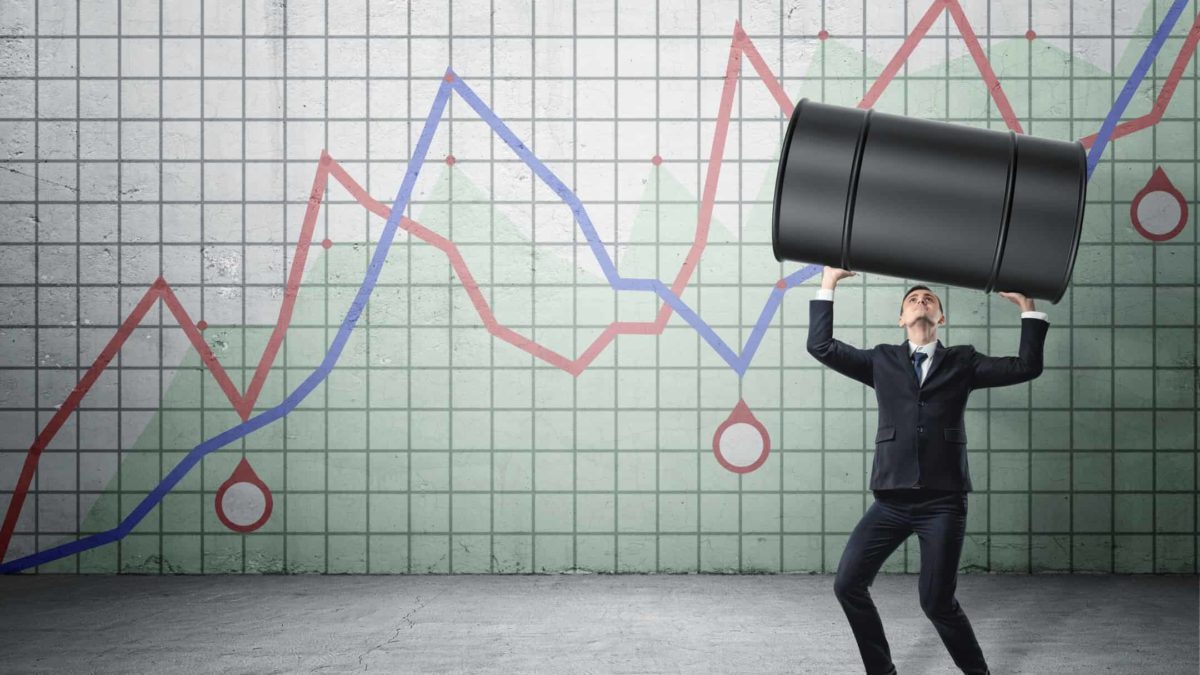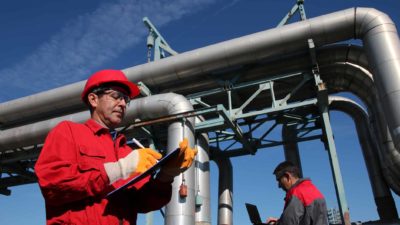It's hard to believe that this time last year, on 29 April 2020, Brent crude oil was selling for only US$22.54 per barrel. Or that Australian drivers were able to fill their cars with petrol for less than $1 per litre.
But then those were the early days of the COVID-19 pandemic. With most air, sea and even ground transportation idled due to lockdowns and social distancing, the world's oil supplies suddenly very much exceeded the immediate demand.
Since then that demand has gradually increased as the world moves to reopen. This comes even as supplies have diminished, largely driven by output cuts from OPEC+ and reductions in US shale oil production.
The result has seen crude prices surge, with one barrel of Brent worth US$67.56 at the time of writing. An increase of 200% in just 12 months.
But crude oil could have significantly further to run.
Crude oil to US$80 per barrel?
According to analysts at Goldman Sachs, crude oil is set to benefit from a rapidly increasing demand in an industry that can't simply drill new wells overnight.
In a note, Goldman Sachs' Jeffrey Currie and colleagues wrote that they foresee (quoted by the Australian Financial Review) "a significant rebound in global oil demand in coming months, key to our forecast for higher oil prices".
That forecast is based on downward trends in new coronavirus infections in Brazil, Chile and Europe. The analysts also point to nations leading the charge on vaccinations (the United States, Israel and the United Kingdom) returning to levels of higher mobility, writing:
As a result, we expect global oil demand to increase sharply by June, from 94.5 million barrels a day currently to 99 mb/d in the third quarter of 2021, as the pace of vaccination accelerates in Europe, finally unleashing pent-up travel demand. In particular, we expect the easing of international travel restrictions in May to lead global jet demand to recover by 1.5 mb/d.
Goldman Sachs is forecasting crude to reach US$80 per barrel in the next months. That's more than 18% higher than the current price.
And it should offer some more welcome tailwinds to leading ASX 200 oil and gas shares.
Two leading ASX oil shares
Just as the price of oil was smashed in the early months after the outbreak of the pandemic, so too were the share prices of ASX oil and gas companies.
But as the price of the black gold they pump from the ground has rocketed, ASX oil shares have managed to recoup much of those early 2020 losses.
The Santos Ltd (ASX: STO) share price, for example, is up 56% in the past 12 months, far outpacing the 31% gain on the S&P/ASX 200 Index (ASX: XJO). Year-to-date Santos continues to outperform, with shares up 10% so far in 2021. At the current price of $7.06 per share, Santos has a market cap of $14.7 billion.
On the smaller end of the scale, with a market cap of $587 million, Senex Energy Ltd (ASX: SXY) has also enjoyed a strong 12 months, with shares up 100% since 29 April last year. Year-to-date the Senex share price is up 27%.
Investors holding or considering ASX oil shares will surely be keeping a close eye on Goldman Sachs' forecast of US$80 per barrel crude oil. Should that eventuate, share prices should enjoy a new round of tailwinds.









